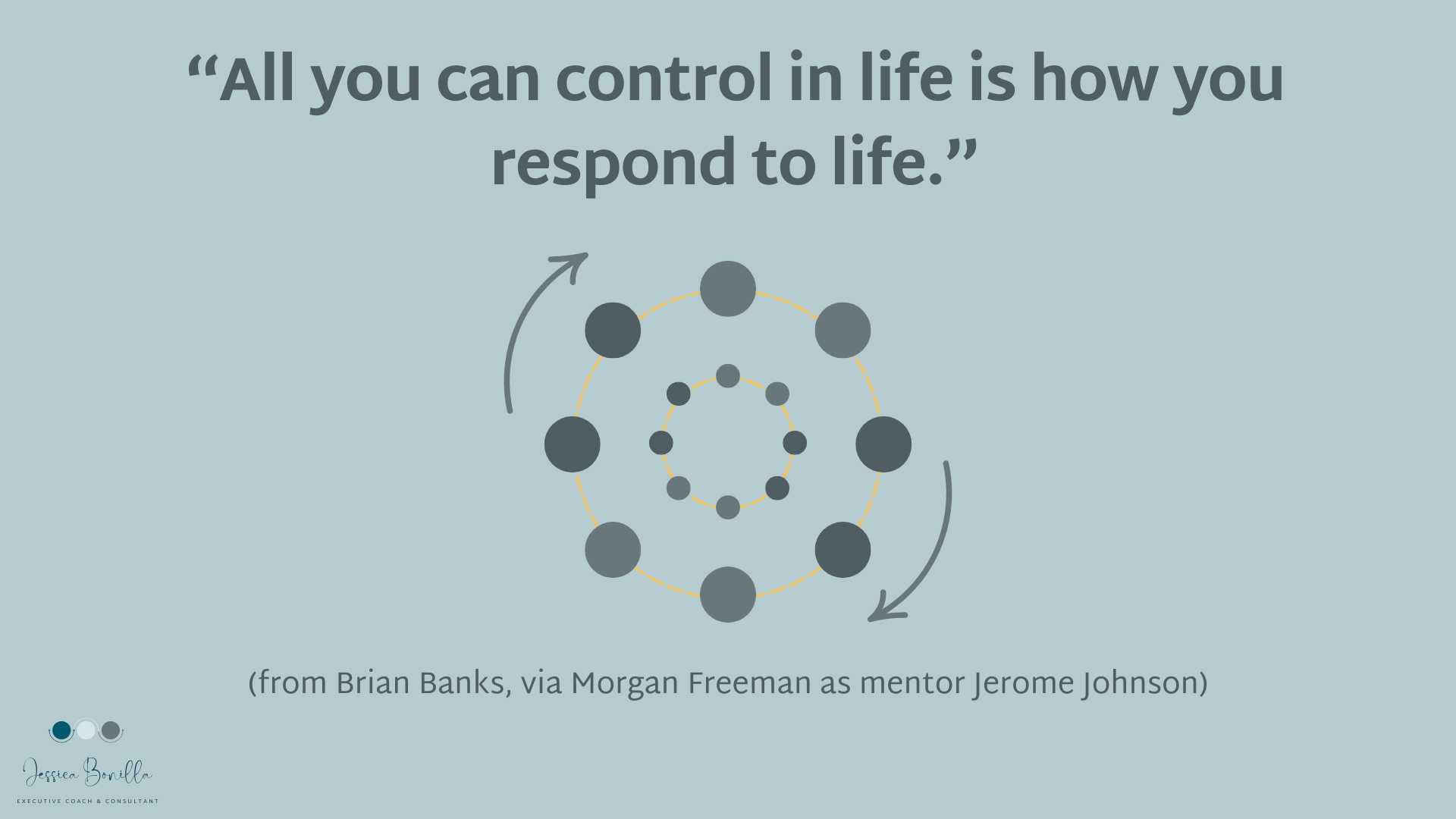How do you walk into interviews prepared and Unmistakably You?
Most candidates prepare for questions—fewer prepare for alignment, clarity, and calm. Week 2 of our 5-week series pinpoints five common interview pitfalls and simple, empowering steps you control to show up clear, confident, and values-aligned. This week’s Fit to Lead walks you through some valuable steps to present yourself as a more confident and in control candidate.
Why This Matters
Interviews aren’t pop quizzes; they’re value-matching conversations. In Fit to Lead, we treat interview prep as leadership practice: know your audience (the company), know yourself (your values, skills, outcomes), and communicate with calm, clear intent. When you do, you stand out—authentically.
Common Challenges
The 5 common challenges I see (and read from HR experts):
Not knowing the company. Market, products, customers, leadership, key challenges—candidates often arrive thin on context. (Yes, hiring teams notice.) SHRM
Weak “why this company?” Answers don’t connect personal mission/values to the employer’s mission and working norms. Hiring teams listen for fit signals, not scripts. Harvard Business Review
Leaning only on experience. Stories list job titles and years, but underplay specific, demonstrable skills that transfer and scale. Harvard Business Review
Muddy achievement stories. Without a structure, answers ramble or go vague, so impact gets lost. Harvard Business Review
Nerves hijack performance. Anxiety shows up in our voice, pace, posture—and it does affect interview ratings. Hogrefe eContent
These themes are consistent with current HR/recruiting guidance and research; combined with my coaching experience, they’re the most common—and fixable—gaps.
Try This Instead
Consider these simple steps you fully control and own the process—even if you can’t control the outcome:
Turn research into relevance (15–20 minutes per target).
Scan: About, Products/Solutions, News/Press, Leadership, Careers pages.
Note 2–3 business priorities you think they care about—and write one way you’ve addressed something similar.
Bring one thoughtful question that ties to their world (e.g., “I noticed X initiative—how does this role contribute to Y outcome?”).
Make alignment explicit.
Draft a 2–3 sentence “Why this company” that links your values/mission to theirs (“I’m motivated by ___; your mission to ___ resonates because ___; I’m excited to contribute by ___”).
Before interviews, highlight the org values you can demonstrate in your stories (e.g., customer obsession, ownership).
Balance experience and skills.
List 6–8 priority skills (technical + human) relevant to the role.
Map each skill to one concise example (project, metric, outcome) so you can show how you work, not just where you worked. Harvard Business Review
Use a clear story spine (STAR, one minute).
Situation (one line) → Task (your goal) → Action (what you did) → Result (evidence/impact).
Practice trimming jargon and adding numbers or outcomes. (Record yourself once—listen for clarity and brevity.)
Calm your body, clarify your mind (pre-interview ritual, 3–5 minutes).
Box-breathing (4-4-4-4), a short walk, or a brief power-pose reset.
Keep a “wins” card handy (3 achievements) to prime confidence.
Name nerves → reframe as energy: “I’m excited to share how I can help.” Research shows anxious nonverbal cues lower ratings—so a quick ritual pays off.
One of my favorite film quotes (from Brian Banks, via Morgan Freeman as mentor Jerome Johnson): “All you can control in life is how you respond to life.”
A reminder that growth starts with choice
In interviews, you can’t control every question—or the decision—but you can control your preparation, your alignment, and the clarity of your story. Find a little joy in the process, and be kind to yourself as you iterate. HistoryvsHo
Want guided practice?
If Week 2 resonates, I’d love to support you through the full 5-session coaching package (the same series we’re covering each week on LinkedIn). You’ll get targeted prep, aligned narratives, and structured practice to speak with clarity and confidence.


